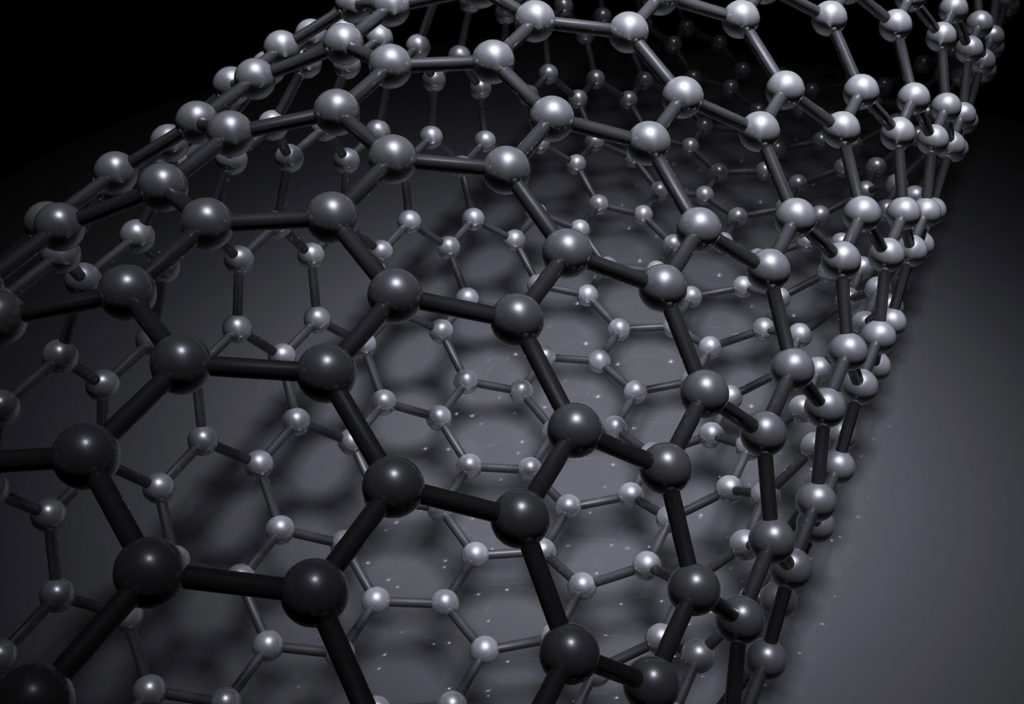Burning coal releases carbon dioxide into the air. What if the process could be reversed?
Some processes go in one direction only: it’s much easier to bake a batter than to extract flour, eggs, sugar and butter from a finished cake.
The same problem applies to carbon emissions: burning fossil fuels is a straightforward process but removing carbon dioxide from the atmosphere and turning it back into coal is a far more challenging task.
However, an international team led by engineers from the Royal Melbourne Institute of Technology (RMIT) and the University of New South Wales (UNSW) has done exactly that.
The process involves dissolving carbon dioxide in an electrolyte liquid that has small amounts of a cerium liquid metal catalyst added to it.
When the mixture is charged with an electric current, the dissolved carbon dioxide gradually converts into flakes of solid carbon. The process takes place at room temperature.
At the moment, carbon capture and storage involves compressing carbon dioxide into a liquid and sending it to a suitable underground location.
This method, however, can be costly and runs the risk of environmentally harmful leaks. According to RMIT researcher Senior Lecturer Dr Torben Daeneke, carbon dioxide had previously only been converted to a solid at an extremely high temperature.
“We’ve shown it’s possible to turn the gas back into carbon at room temperature, in a process that’s efficient and scalable,” he said.
“While we can’t literally turn back time, turning carbon dioxide back into coal and burying it back in the ground is a bit like rewinding the emissions clock.”
RMIT’s Dr Dorna Esrafilzadeh said one side benefit is the carbon ability to hold electrical charge.
“It could potentially be used as a component in future vehicles,” she said.
“The process also produces synthetic fuel as a byproduct, which could also have industrial applications.”
UNSW Professor Kourosh Kalantar-Zadeh, the project’s lead investigator, said he is excited at the possibility of reducing carbon emissions.
“From coal to CO2 and back to coal again, at room temperature and at low consumed energy — this is something we could only dream of doing before,” he said.
“But no one knew how.”
This article originally appeared as “Carbon capture made viable” in the June 2019 issue of create magazine.


